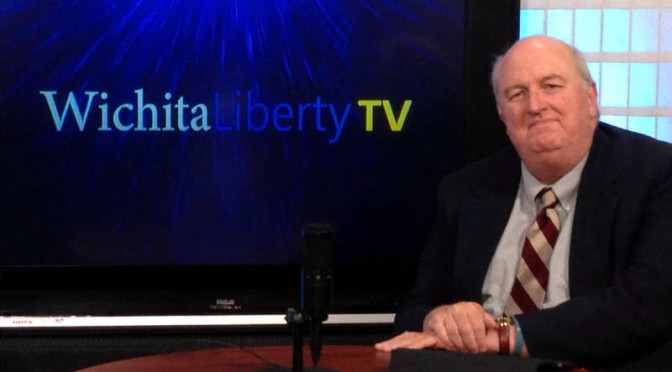Tag: Environment
-

The real free lunch: Markets and private property
As we approach another birthday of Milton Friedman, here’s his article where he clears up the authorship of a famous aphorism, and explains how to really get a free lunch
-
Who decides? When it comes to planning, is it the people, the politicians, or the bureaucrats?
I firmly believe that local government’s role is to provide a firm rule of law where there is a level playing field in it with clear rules for everyone to build their future for themselves and their families. This is the very limited role of government for a free people in a liberty loving society,…
-

Wichita geologist sees problems with city water plan
Recently, the city revealed enhancement of the aquifer storage and recovery project (ASR) as the preferred new supply. Although enhancement of ASR may ultimately prove a viable option, there are still significant uncertainties, writes geologist Karma Mason.
-

WichitaLiberty.TV: Wichita’s blatant waste, Transforming Wichita, and how you can help
Let’s ask that Wichita trim its blatant waste of tax dollars before asking for more. We’ll look back at a program called Transforming Wichita. Then: We need to hold campaigns accountable. I’ll give you examples why, and tell how you can help.
-

Voice for Liberty Radio: Hydraulic fracturing: A conjured-up controversy?
In this episode of Voice for Liberty Radio: Dwight D. Keen is former chairman of the Kansas Independent Oil and Gas Association. He spoke to the Wichita Pachyderm Club on the topic “Hydraulic Fracturing: A Conjured-up Controversy.”
-
Wichita’s vampires and monsters
The City of Wichita urges citizens to take steps to stop “vampire” power waste.
-

Examining Wichita’s water future
On Thursday 17 July, come hear from the City of Wichita and others on the scope of the problems, possible solutions, and the perspectives of several experts in the debate over Wichita’s water future.
-

Forget the vampires. Let’s tackle the real monsters.
Public service announcements on Facebook and Wichita City Channel 7 urge Wichitans to take steps to stop “vampire” power waste. But before hectoring people to introduce inconvenience to their lives in order to save small amounts of electricity, the city should tackle the real monsters of its own creation.
-
Misguided faith
A big “thank you” to Mike Smith for his rebuttal to an op-ed printed in today’s Wichita Eagle.
-

Renewables portfolio standard bad for Kansas economy, people
A report submitted to the Kansas Legislature claims the Kansas economy benefits from the state’s Renewables Portfolio Standard, but an economist presented testimony rebutting the key points in the report.
-

Cronyism is welfare for rich and powerful, writes Charles G. Koch
The central belief and fatal conceit of the current administration is that you are incapable of running your own life, but those in power are capable of running it for you. This is the essence of big government and collectivism, writes Charles G. Koch.
